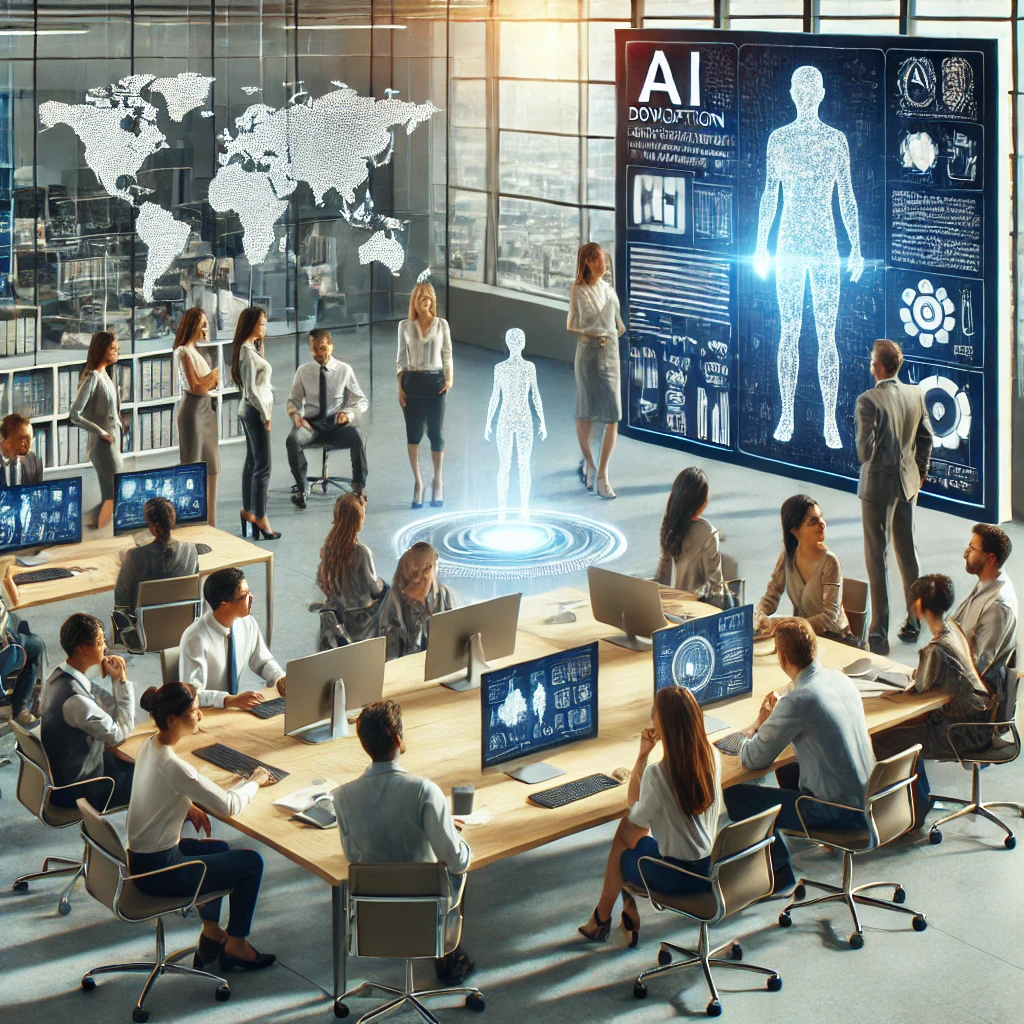Report on the advancement of AI safety in the USA
3 August 2024

Actions analysis
In July 2024, the Biden-Harris Administration announced significant new actions and voluntary commitments from leading AI companies aimed at promoting the safe, secure, and trustworthy development of AI technology. This initiative underscores the administration’s ongoing efforts to address the multifaceted challenges and opportunities posed by AI. I have taken a comprehensive look at these actions, and I have supplemented it with recent data and analysis that I have found.
Quick navigation
Strengthening AI safety and security
Key points
-
Defense production act authority: the administration has compelled developers of powerful AI systems to report critical information, including AI safety test results, to the Department of Commerce. This aims to ensure transparency and try to mitigate risks associated with these technologies.
-
Risk assessments: comprehensive risk assessments for AI use in critical infrastructure have been completed by various federal agencies. This proactive measure is intended to safeguard strategic sectors such as the electric grid from potential AI-related vulnerabilities.
Analysis
The emphasis on safety and security is a direct response to growing concerns about the potential misuse of AI. A study by Brookings highlights the importance of these measures, noting that they are crucial for maintaining public trust and preventing misuse by foreign entities. Furthermore, experts at Skadden emphasize that these actions are aligned with global trends in AI regulation, aiming to prevent AI-related threats before they materialize.
Promoting innovation and competition
Key points
-
National AI Research Resource (NAIRR): this pilot initiative has been launched to provide AI researchers with access to essential resources such as computing power, data, and proprietary models. This is fully managed by the U.S. National Science Foundation (NSF) and involves multiple federal and private sector partners.
-
The AI talent surge: efforts to accelerate the hiring of AI professionals across the federal government are in full swing. The administration’s AI and Tech Talent Task Force is spearheading these initiatives, facilitating the recruitment of data scientists and other AI experts.
Analysis
These initiatives are critical for maintaining the U.S.’s competitive edge in AI technology. According to Skadden, the Executive Order mandates streamlined visa processes for non-citizen AI experts and sets directives to protect intellectual property, fostering an environment conducive to innovation. Moreover, the ongoing efforts to attract top talent are essential for sustaining long-term growth and leadership in AI research and development.
Responsible AI development
Key points
-
Generative AI risk management: the National Institute of Standards and Technology (NIST) has published a specific frameworks for managing risks associated with generative AI systems. These guidelines build on the existing NIST AI Risk Management Framework and aim to provide robust risk mitigation strategies.
-
AI model evaluation: the Department of Energy (DOE) is expanding AI testbeds to evaluate model safety and security, particularly for applications impacting critical infrastructure and national security.
Analysis
The development of robust frameworks and testbeds is essential for ensuring that AI technologies are not only innovative but also safe and secure. The AI Bill of Rights proposed by the administration emphasizes these principles, aiming to protect civil liberties and promote ethical AI use. Additionally, the creation of testbeds allows for rigorous testing and validation of AI models, ensuring their reliability and safety before deployment in critical applications.
Protecting workers
Key points
-
Workers protection principles: the Department of Labor has released guidelines to ensure that AI technologies enhance job quality and protect workers’ rights. These principles emphasize ethical development, transparency, and worker engagement in AI system design and governance.
-
Reports on labor market effects: the administration has directed the Council of Economic Advisers to report on AI’s impact on the labor market and explore strategies to support workers displaced by AI technologies.
Analysis
The focus on worker well-being seems to be a significant step toward ensuring that AI developments do not adversely affect employment. The Department of Labor’s guidelines aim to create a balanced approach where technology and human labor coexist beneficially . Additionally, the reports on labor market effects will provide valuable insights into the broader impact of AI on employment, I hope it will help to formulate effective policies to mitigate negative outcomes.
Enhancing privacy
Key points
-
Privacy safeguards: the Executive Order includes measures to protect Americans’ privacy, ensuring that AI systems do not infringe on civil rights. This includes stringent guidelines for AI use in surveillance and data collection.
-
Equity & inclusion: Efforts to advance equity and civil rights in AI development are central to the administration’s approach. This involves creating inclusive AI technologies that do not perpetuate biases or discrimination.
Analysis
The importance of ensuring privacy and civil rights in the age of AI cannot be overstated. The administration’s commitment to these principles is reflected in the comprehensive measures outlined in the Executive Order, which aim to create a fair and inclusive AI ecosystem . Brookings scholars have lauded these efforts, emphasizing the importance of non-discriminatory AI systems that uphold the rights and dignity of all individuals.
Conclusion
The Biden-Harris Administration’s new AI actions reflect a well-intentioned, comprehensive approach to leveraging AI’s potential while addressing its risks. While the focus on safety, innovation, competition, worker protection, privacy, and civil rights is commendable, it is crucial to closely monitor the future outcomes of these measures. This vigilance will ensure that AI technologies are not only developed and used responsibly but also truly benefit all sectors of society as intended.